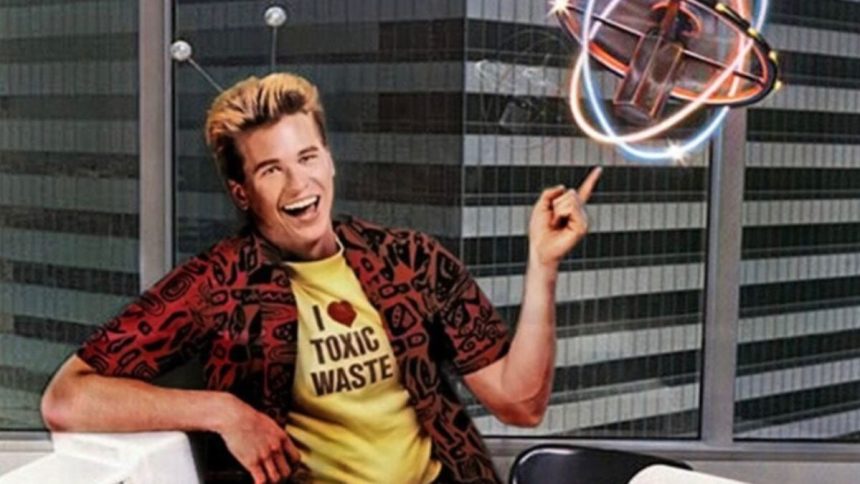In Hollywood, the unspoken rule is to avoid competing releases that target the same audience. The logic is simple: when films share similar themes or appeal, they risk fracturing the audience and diminishing box office success. Yet, this week marks the peculiar anniversary of three films that perfectly defy this rule. Released within just seven days of each other in August 1985, these movies—”Weird Science,” “Real Genius,” and “My Science Project”—embody a bizarre moment in cinematic history.
“Weird Science,” which debuted on August 2, tells the tale of two high school outcasts, played by Anthony Michael Hall and Ilan Mitchell-Smith, who use a computer to create a virtual woman played by Kelly LeBrock. This film, directed by iconic filmmaker John Hughes, captivated audiences and emerged as the biggest hit among the trio, earning nearly $40 million worldwide despite mixed critical reviews; it holds a 60% rating on Rotten Tomatoes. Hughes, a member of the Brat Pack, and the film’s memorable cast, which included Bill Paxton and Robert Downey Jr., contributed to its popularity.
Just days later, on August 7, “Real Genius” hit theaters. It follows a brilliant young student, portrayed by Gabriel Jarret, who invents a groundbreaking laser and is unwittingly drawn into a military project led by a professor played by William Atherton. Known for its charming comedic moments, particularly the performance of a young Val Kilmer, the movie became a cult classic despite grossing under $13 million, significantly less than its counterparts. It received a more favorable reception with a Rotten Tomatoes score of 77%.
Finally, on August 9, “My Science Project” was released. Initially overlooked, this film follows a teenager played by John Stockwell who steals an alien device to pass off as his science project, leading to far-fetched adventures. Critically panned with an 11% rating on Rotten Tomatoes, it grossed approximately $4 million, indicating its lackluster performance.
Interestingly, these three releases coincided with the earlier debut of “Back to the Future,” a film that, while not fitting the nerd-centric theme, explored scientific concepts and likely siphoned off audiences from these later releases.
Reflecting on this cinematic phenomenon, although I was just five years old when these films came out, they soon became staple viewing in my childhood through VHS and television. Despite their similarities, I never registered their concurrent release. In contrast to today’s cinematic landscape, 1985 had fewer films competing for attention and allowed audiences more time to discover new releases.
Ultimately, these films exemplify Hollywood’s trend of chasing successful formulas, a tendency that persists to this day. In an era when being smart and having an affinity for science was starting to regain its appeal, these films contributed to the cultural narrative, celebrating nerdiness and innovation in a way that resonates even today.
What recollections do you have of these films? We invite you to share your thoughts below.







